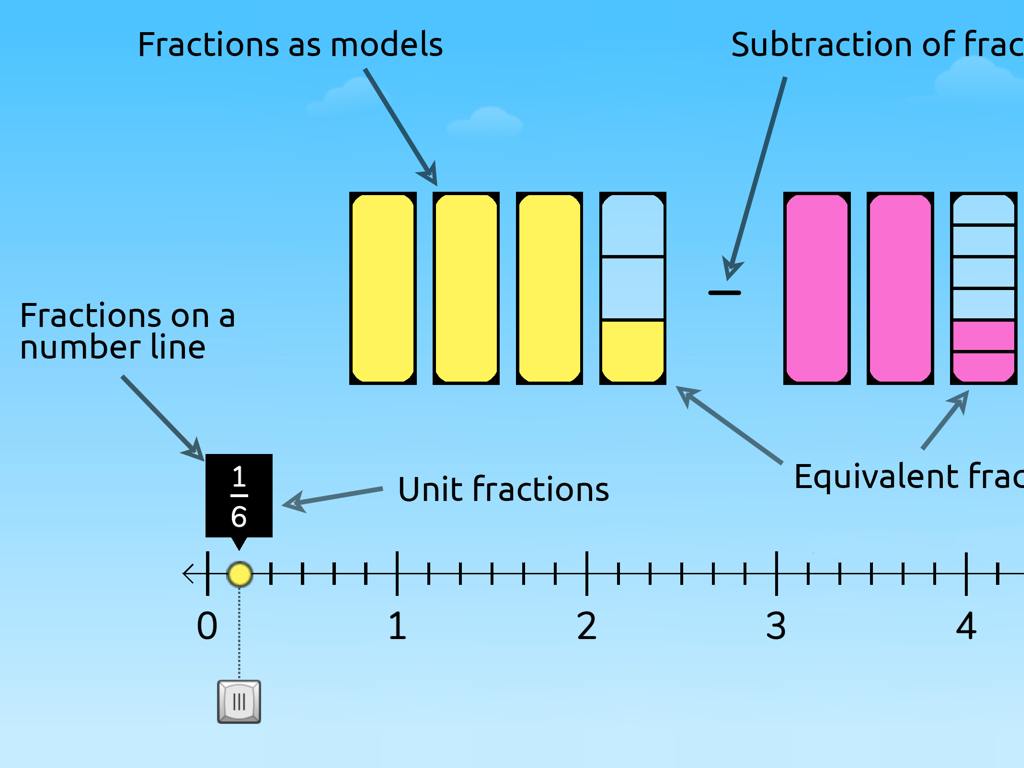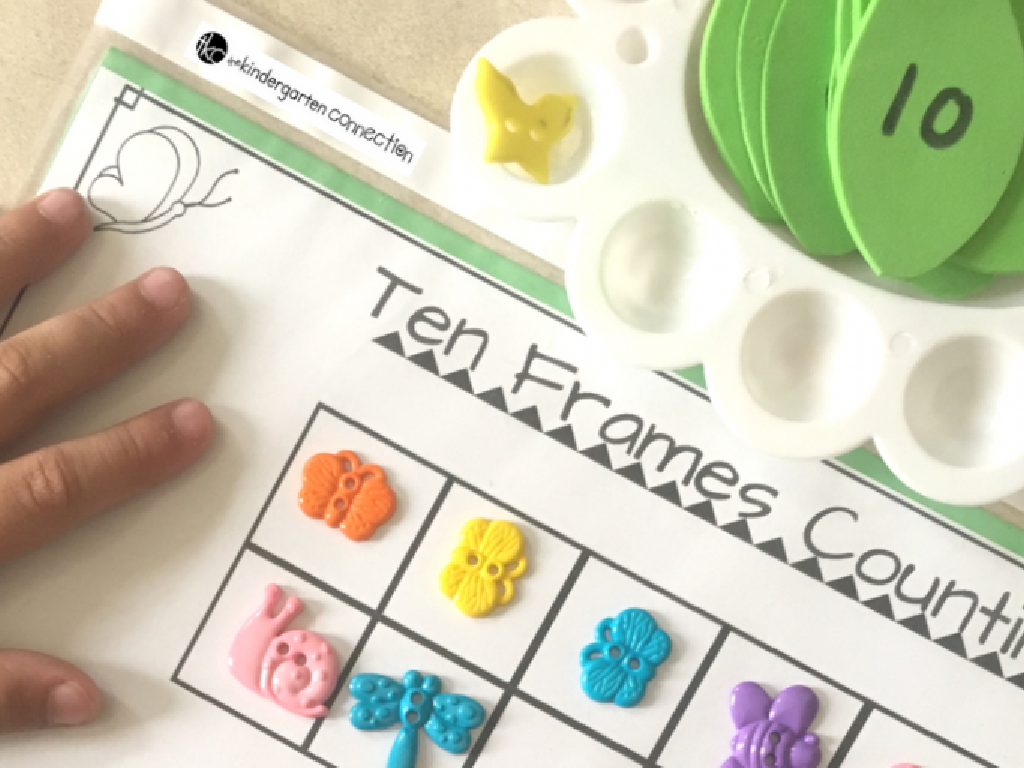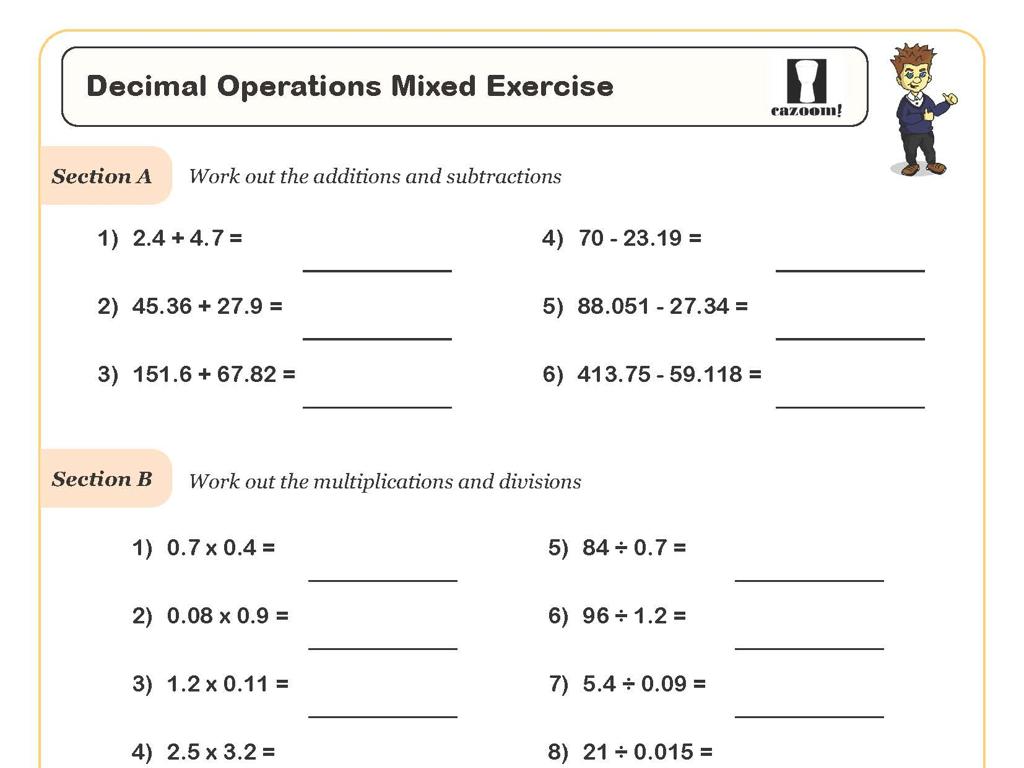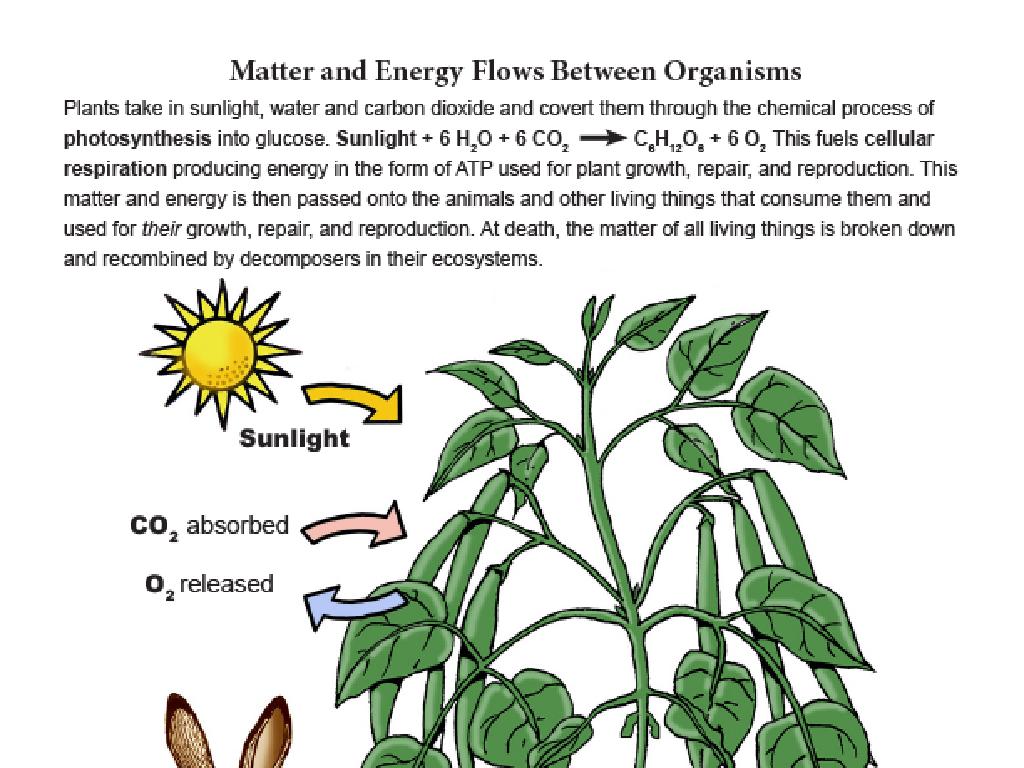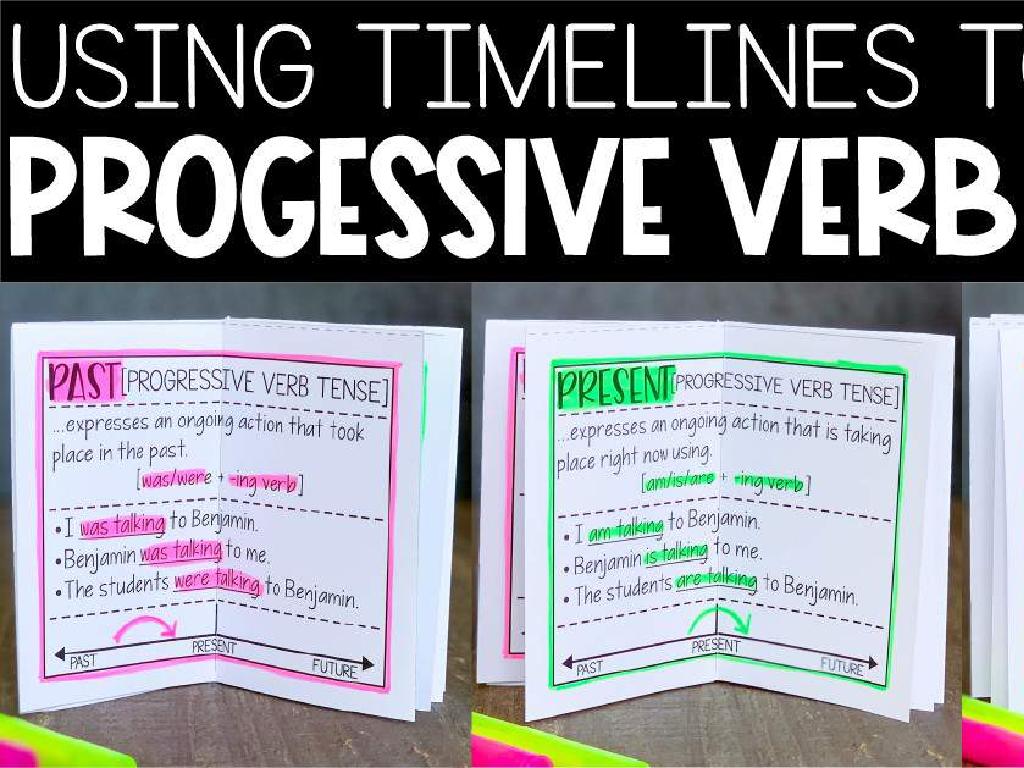Add Imagery To Stories
Subject: Language arts
Grade: Fifth grade
Topic: Descriptive Details
Please LOG IN to download the presentation. Access is available to registered users only.
View More Content
Welcome to Descriptive Details!
– What are descriptive details?
– Descriptive details paint pictures in the reader’s mind.
– Imagery’s role in stories
– Imagery makes stories vivid and engaging for readers.
– Examples from known stories
– ‘The golden sun rose over the mountains’ from a storybook.
– Enhancing stories with imagery
– Use sensory words to add depth to your own stories.
|
This slide introduces the concept of descriptive details and their importance in storytelling. Descriptive details are the specific words and phrases that create vivid images in the reader’s mind, making the story more engaging and memorable. Discuss why imagery is a powerful tool in storytelling, as it allows readers to see, hear, and feel the story, connecting emotionally with the narrative. Provide examples from stories the students are familiar with, highlighting how descriptive language enhances the reading experience. Encourage students to think of their favorite books and the imagery that stood out to them. Finally, guide them on how to use sensory words to add depth and detail to their own stories, making their writing more compelling.
Bringing Stories to Life with Imagery
– Imagery paints pictures with words
– Engages the five senses
– Sight, sound, smell, touch, taste examples
– Authors use it to enliven narratives
– Descriptive language creates vivid scenes
– Makes readers feel part of the story
|
Imagery is a powerful tool in writing that allows readers to create mental images and emotional responses to the story. By using descriptive language that appeals to the senses, authors can transport readers into the world of the story, making it more engaging and memorable. Discuss with students how they can use imagery in their own writing by thinking about how things look, sound, smell, feel, and taste. Provide examples of imagery from familiar books and encourage students to practice creating their own vivid descriptions in a writing exercise.
Enhancing Stories with Imagery
– Reading with imagery examples
– An excerpt from ‘Charlotte’s Web’ describing the barn
– Identify the appealed senses
– Which senses are triggered by the description?
– Discuss imagery’s role in stories
– How do sensory details add depth to the narrative?
– Imagery makes stories vivid
– Imagery allows readers to experience the story
|
Begin with reading a passage from a book like ‘Charlotte’s Web’ that contains rich imagery. Ask students to listen and visualize the scene being described. After reading, engage the class in identifying which of the five senses the author appealed to with their descriptive language. Discuss how these sensory details help to paint a more vivid and engaging picture of the scene in the reader’s mind, enhancing the overall storytelling. Explain that imagery is a powerful tool that can turn a simple narrative into a more immersive experience. Encourage students to think of their favorite stories and the imagery that made those stories memorable.
Crafting Imagery in Your Stories
– Select an object or scene
– Use vivid descriptive words
– Words like ‘glistening’ or ‘thunderous’ add life to descriptions
– Engage the five senses
– Mention sights, sounds, smells, tastes, and textures
– Create a sensory experience
|
This slide is aimed at helping students understand how to add depth and vividness to their writing by using imagery. Start by having them choose an object or scene they want to describe. Encourage them to use strong, descriptive adjectives and verbs to create a clear picture in the reader’s mind. Remind them to think about all five senses and include details that help the reader imagine the scene as if they were there. For example, when describing a beach, they might include the salty smell of the sea, the sound of crashing waves, the warmth of the sun on their skin, the taste of fresh watermelon, and the sight of the sun setting over the water. This exercise will help students practice showing rather than telling in their writing.
Practice Time: Crafting Imagery in Writing
– Let’s write a descriptive paragraph
– Choose a simple subject to describe
– Think of a tree or a beach you’ve seen
– Use imagery to bring it to life
– Describe colors, sounds, smells, textures, and tastes
– Engage the five senses in your description
– How does the subject make you feel? What can you hear or smell?
|
This activity is designed to help students practice using descriptive language and imagery in their writing. By focusing on a simple subject, students can concentrate on adding depth and sensory details to their descriptions. Encourage them to think about how the subject looks, sounds, smells, feels, and even tastes if applicable. This exercise will enhance their ability to create vivid images in the reader’s mind, which is a key aspect of engaging storytelling. As they share their paragraphs, provide feedback on the effectiveness of their imagery and suggest areas for improvement.
Share and Reflect: The Power of Imagery
– Volunteers share descriptive paragraphs
– Discuss imagery and story enhancement
– How do specific descriptions create vivid images?
– Reflect on descriptive details in writing
– Descriptive details add depth and interest to writing
– Understand imagery’s role in storytelling
– Imagery makes stories more engaging and memorable
|
This slide is meant to facilitate a classroom activity where students will engage in sharing their work and discussing the use of descriptive language. Volunteers will read their paragraphs aloud, and the class will explore how the use of imagery helps to paint a picture in the reader’s mind, making the story more vivid and engaging. Lead a discussion on the importance of descriptive details, asking students to reflect on how these elements improve their writing and the reader’s experience. Encourage students to think critically about the language they use and to recognize the power of words in bringing their stories to life. This activity not only reinforces the lesson on imagery but also fosters public speaking and critical thinking skills.
Class Activity: Imagery Gallery Walk
– Post your paragraphs on the walls
– Walk and read your classmates’ work
– Note the most vivid images
– What words made you see or feel the story?
– Reflect on the use of imagery
– Think about how imagery enhances the story
|
This activity is designed to help students appreciate the use of descriptive details in writing. By posting their work, students will be able to showcase their use of imagery. As they walk around the room, they should focus on identifying the most striking images in each other’s writing. Encourage them to consider how specific word choices create vivid pictures in the reader’s mind. After the gallery walk, lead a discussion on how these images enhance the storytelling. Possible variations of the activity could include: 1) Pairing up to discuss imagery, 2) Creating a class bulletin board with the most vivid images, 3) Voting on the most evocative paragraph, or 4) Writing a group story where each student contributes a sentence full of imagery.
Imagery in Storytelling: Conclusion & Homework
– Recap: Imagery enriches stories
– Homework: Craft a short story
– Include vivid descriptions to paint a picture
– Focus on descriptive details
– Describe sights, sounds, smells, tastes, and textures
– Use all five senses
|
As we conclude, remember that imagery is a powerful tool that brings stories to life and allows readers to create mental images. For homework, students are tasked with writing a short story that incorporates descriptive details, utilizing all five senses to enhance the imagery. Encourage them to think about how each sense can be involved in a scene and to be as detailed as possible. This exercise will help them understand the importance of showing rather than telling in their writing. Provide examples of descriptive writing that engages the senses to guide them. In the next class, we’ll share stories and discuss how the use of descriptive details helped to create strong imagery.

